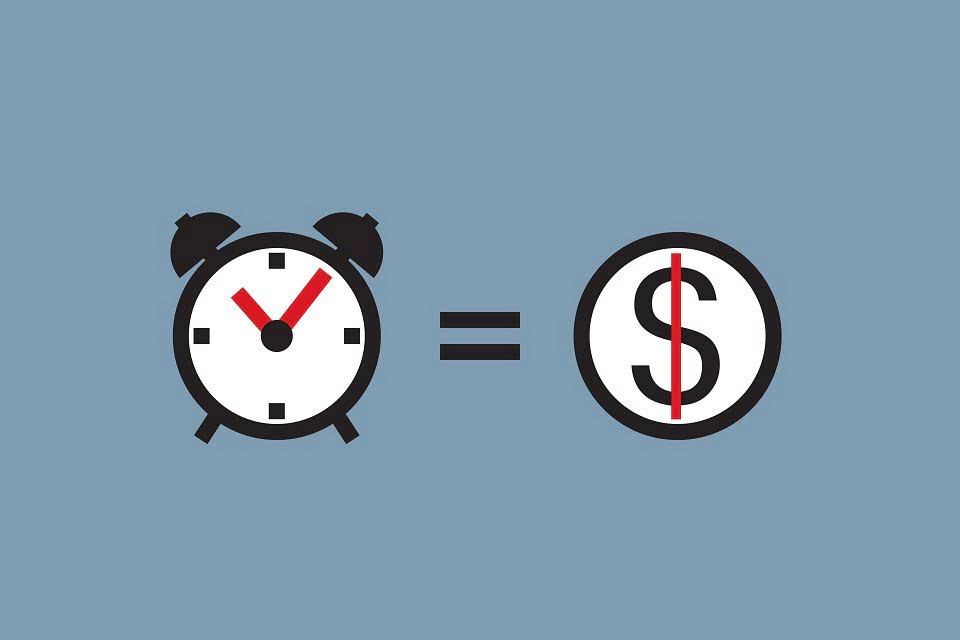It can reinvest this money into the business for expansion, operating expenses, research and development, acquisitions, launching new products, and more. The specific use of retained earnings depends on the company’s financial goals. Ultimately, the company’s management and board of directors decides how to use retained earnings. A statement of retained earnings details the changes in a company’s retained earnings balance over a specific period, usually a year. When companies keep a record of their transactions, they do so using the double-entry bookkeeping system.
Understanding retained earnings debit or credit
Retained earnings are listed under shareholders’ equity, reflecting the company’s accumulated profits. This section of the balance sheet is critical for understanding the financial stability and growth potential of the business. Retained earnings can typically be found on a company’s balance sheet in the shareholders’ equity section. Retained earnings are calculated by taking the beginning-period retained earnings, adding the net income (or loss), and subtracting dividend payouts. When a does retained earnings have a credit balance company generates net income, it is typically recorded as a credit to the retained earnings account, increasing the balance. In contrast, when a company suffers a net loss or pays dividends, the retained earnings account is debited, reducing the balance.
Example of Calculating Owner’s Equity
- In this article, we discuss how retained earnings work, why companies rely on them, and how they can impact the business trajectory.
- This is occurring even though the transaction is recorded with an entry to Cash (a permanent asset account) and an entry to Consulting Revenues (a temporary account).
- Find out how it sheds light on your company’s financial management, as well as a practical case study to illustrate the point.
- After almost a decade of experience in public accounting, he created MyAccountingCourse.com to help people learn accounting & finance, pass the CPA exam, and start their career.
A company may decide not to redistribute all or part of its profits to shareholders or to add to its reserves. Retained earnings is therefore an accounting entry that acts as a reserve for unallocated profits pending arbitration. The 500 year-old accounting system where every transaction is recorded into at least two accounts.
What Is the Difference Between Retained Earnings and Revenue?
- In order to maintain their retained earnings, some companies do not pay dividends to their shareholders.
- However, negative retained earnings, also known as an accumulated deficit, can be a cause for concern as they indicate that the company has incurred more losses than profits over time.
- Retained earnings are not considered to be an asset, but they can be used to purchase assets or reduce liabilities.
- Since the retained earnings account is an equity account, it has a credit balance.
- According to this rule, an increase in retained earnings is credited and a decrease in retained earnings is debited.
- Other income is income that does not come from a company’s main business, such as interest.
Paid-in capital is the actual investment by the stockholders; retained earnings is the investment by the stockholders through earnings not yet withdrawn. Unlike retained earnings, which appear as a credit balance for a profitable business, negative retained earnings appear on the balance sheet as a debit balance. It’s typically referred to as an accumulated deficit on a separate line of the balance sheet. By starting each year with zero balances, the income statement accounts will be accumulating and reporting only the company’s revenues, expenses, gains, and losses occurring during the new year. Accumulated losses can lead to negative retained earnings, where the retained earnings account shows a debit balance. This indicates that the company has sustained more losses than https://www.bookstime.com/tax-rates profits and may be in financial distress.
Therefore, a company with a large cash flow retained earnings balance may be well-positioned to purchase new assets in the future or offer increased dividend payments to its shareholders. Here, we shall discuss retained earnings, debit, and credit so that we can understand how the retained earnings are recorded and if they are debit or credit. The balance in dividends, revenues and expenses would all be zero leaving only the permanent accounts for a post closing trial balance.



